Steve Lopez: 'I can't deal with life sober': Response to the MacArthur Park drug epidemic just isn't enough
Published in Lifestyles
LOS ANGELES — He was bent at the waist, wobbly and shoeless on grimy pavement at the end of an alley where fires smolder, drug users gather day and night, and death lurks.
Slowly, he made his way across the parking lot behind the Yoshinoya restaurant at Wilshire Boulevard and Alvarado Street. It was not a normal gait, but in MacArthur Park, you see it every day.
The head hangs low. The eyes sink. Fentanyl, over time, attacks muscle and spine, cuts people in half, twists them in knots, and buries them. In 2022, 1,910 fentanyl overdose deaths were recorded in Los Angeles County.
When the man paused in a parking lot, I approached. His face was scarred by a shotgun pattern of blood-red scabs and ulcers. This too is a common sight, and a symptom of fentanyl laced with the veterinary tranquilizer xylazine.
He said his name is Aaron and that he came to L.A. two years ago from Louisiana. He couldn't remember what had happened to his shoes. One foot was bare, the other was sheathed in a dirty sock. He told me that when he uses fentanyl, "It's kind of like, you just start floating outside yourself." But then the withdrawal begins, you feel sick and need another hit.
He was still a young man. If he had the chance, I asked, would he go into rehab and try to restart his life?
"Everybody wants to," he said. "But is it likely? Doubt it."
Aaron, 31, said he'd been diagnosed with bipolar disorder. When I asked what would help him and other people get clean, he said, "People don't want to get clean. They want to get high." It would be best, he said, to just give them prescriptions for the drugs they crave.
"I can't deal with life sober," he said.
I've seen a lot of Aarons the last few months. They hang in the park, sleep on surrounding streets, huddle in the drug alley and march around in sad states of physical deterioration, stripped of all but a desire to get the next hit.
So, what's being done about it?
The short answer is quite a bit, but not nearly enough.
Los Angeles City Councilmember Eunisses Hernandez, who represents the Westlake neighborhood, has scheduled a news conference for Thursday morning to announce "initiatives aimed at improving public health, safety and cleanliness at the park."
I've already written about some of her programs and plans, which include cleanup crews, peace ambassadors, overdose response teams and a healthcare collaborative aimed at treating the sick and getting them into stable housing. A homeless services center is in the works too, and a tiny tot playground, torched several months ago, will be rebuilt in the new year.
All of which is commendable, but the addiction crisis in the MacArthur Park area is a public health emergency, and I feel like I'm watching the fire department stroll up to a burning building without enough personnel or tools.
Unfortunately, there are no easy answers.
There was a time when people were arrested for drug possession and given the option of jail or treatment. But laws, policies and attitudes changed, and there's a general consensus that addiction should be treated as a disease rather than a crime.
The problem is that for many of the Aarons out there, it's not being treated at all.
Dr. Gary Tsai, who runs the substance abuse prevention and control division of L.A. County's Department of Public Health, said various public and nonprofit teams are targeting MacArthur Park.
The roster includes substance abuse counselors, mental health specialists, overdose prevention units and social workers who try to steer homeless clients into housing and treatment. Harm reduction teams provide clean pipes and syringes to prevent the spread of disease while trying to build relationships that might lead to treatment.
"I think we all want faster results," Tsai said, but he pointed out that overdose deaths have plateaued as services have been scaled up.
Unfortunately, fentanyl is powerfully addictive, further complicating what was already a staggering nationwide challenge: Only about a quarter of the nearly 50 million people with an addiction issue get treatment. And for those not in treatment, Tsai said, 95% "are not interested or don't perceive a need for those services."
My colleague Emily Alpert Reyes reported earlier this year on Tsai's strategies to "get more people in the door" of treatment programs and keep them there. That means lowering barriers to service and relaxing zero-tolerance rules for clients who lapse. Tsai has also been working to scale up the use of medications that help reduce drug cravings.
No doubt, a lot of drug users will benefit from those approaches. But UCLA psychologist and addiction specialist Richard Rawson said some people — particularly those using multiple drugs and possibly dealing with a mental condition as well — are severely incapacitated and "are not capable of making a decision to enter treatment."
"If you have somebody who is actively using drugs … and you want to make sure they use a clean needle, and have Narcan so they don't die, and their wounds are treated — all of those harm reduction things are absolutely invaluable," Rawson said.
"But when you have someone who becomes so incapacitated that they can't stand up … to say that you're just going to provide them with harm reduction and hope they don't die, I think that falls short of the responsibility we have to each other and to the sickest people."
He thinks policymakers have to figure out a way to walk a fine line, respecting people's civil rights while recognizing "how vulnerable they are to dying." And if they're gravely ill, some form of coercive action might be called for.
"We need to have a way of saying these folks really need to be helped and moved into treatment," Rawson said. "Not jail, but some kind of health facility where we can initiate treatment and help them get their brain back to making voluntary decisions and working on the next steps."
Catalina Hinojosa, a former meth user who went to prison and now leads an outreach team that tries to talk drug users into housing and treatment, told me she'd favor more coercive strategies.
She leads a Christ-Centered Ministries team that works at the Westlake/MacArthur Park Metro station, scanning the platform from 7 to 9 each morning for clients, and often meeting with resistance from the most severely addicted people.
"They need somebody to make decisions for them, because they can't make them for themselves," said Hinojosa, who told me she is grateful she went to prison because it forced her to rethink her life and get help.
Lately, she has been frustrated by one particular client she managed to house, who resists treatment for her fentanyl addiction. "This girl is a third my age, and she looks my age," said Hinojosa, who tries to get her clients' attention by telling them about all the users who are "falling out," her term for dying.
This echoes the decades-long conversation in California about severe mental illness and involuntary treatment. Some argue that forced treatment wouldn't be needed if there were adequate care and preventive measures in place.
But there aren't, and people continue to suffer, wasting away in public view.
The same is happening with addiction. Even with all the teams working the MacArthur Park area, there isn't enough to meet the need.
The shocking daily parade of human misery is a massive, deeply rooted catastrophe, and Councilmember Hernandez herself has cited critical shortages of needed resources. Making a difference would require far more prevention, intervention, treatment and something traditionally lacking from local leaders — consistent, long-term, coordinated follow-up.
Effective rehab isn't a drive-through experience. It's a years-long commitment.
But there are enough success stories to hold out hope, and to hold ourselves to a higher standard.
I spoke to 35-year-old Andrew, who is one year into a residential rehab program at Beacon House in San Pedro after fighting depression and addiction to alcohol, cocaine and fentanyl for most of his life.
"It took me 20 years to get here," he said, "but now I don't feel like I want to kill myself every day."
In the parking lot where I met Aaron, he told me he had overdosed and been revived with Narcan roughly 20 times. A guy named James, 41, pushed his bike up next to us and was eavesdropping on our conversation, so I asked if he had any thoughts on how to address the drug epidemic.
"Mandatory detox," said James.
I asked what he does.
"I'm an addict," James said. His drug is crystal meth, not fentanyl, which he considers more destructive.
"I've seen multiple people die out here," James said, and something more forceful has to be done to put an end to the madness. "Within like five to 10 days … a happy-go-lucky kid comes to L.A., and then a week later, no shoes. And he's dead."
©2024 Los Angeles Times. Visit at latimes.com. Distributed by Tribune Content Agency, LLC.

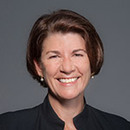
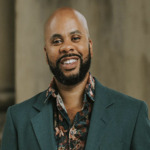
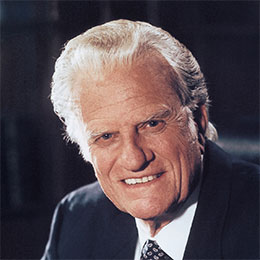




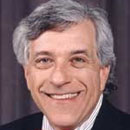

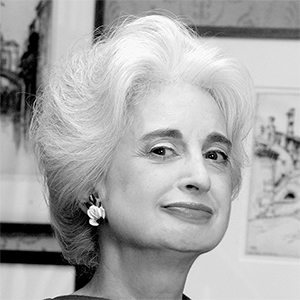
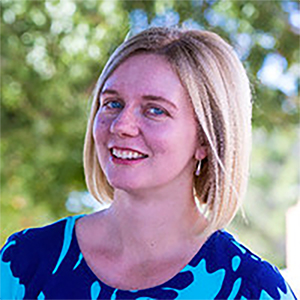




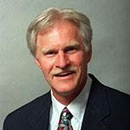



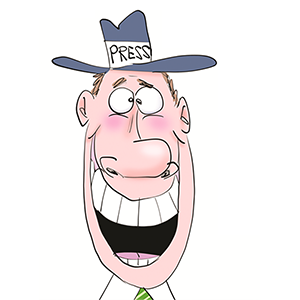

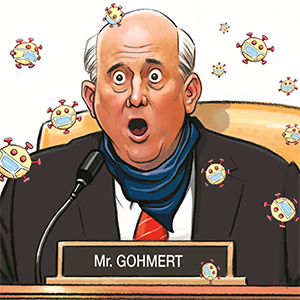

Comments